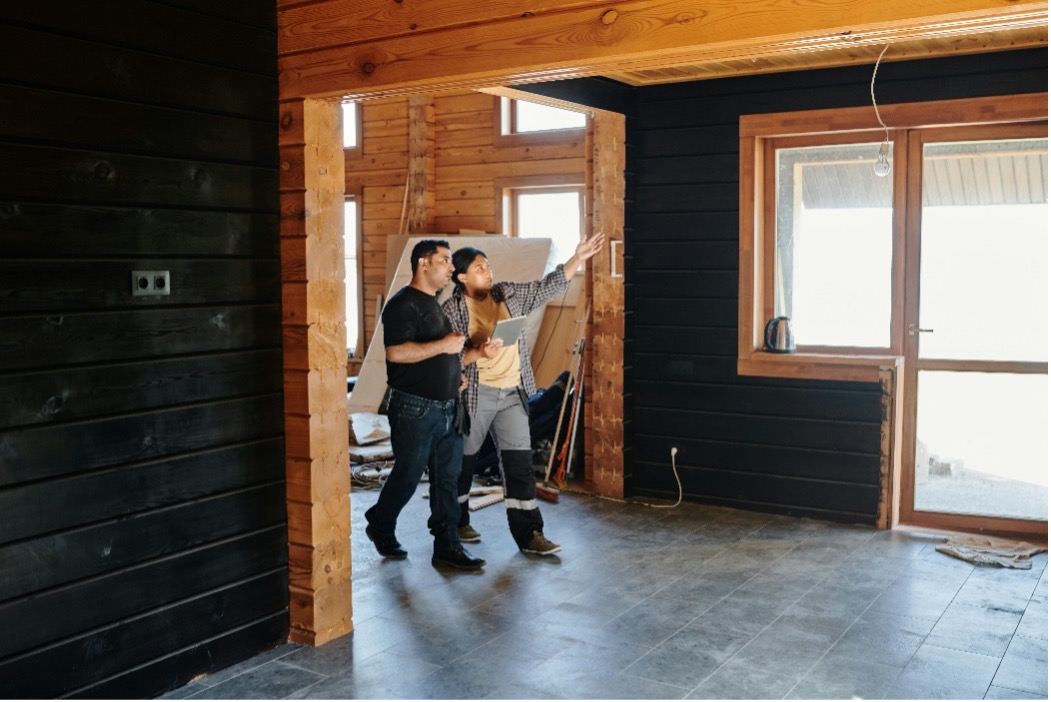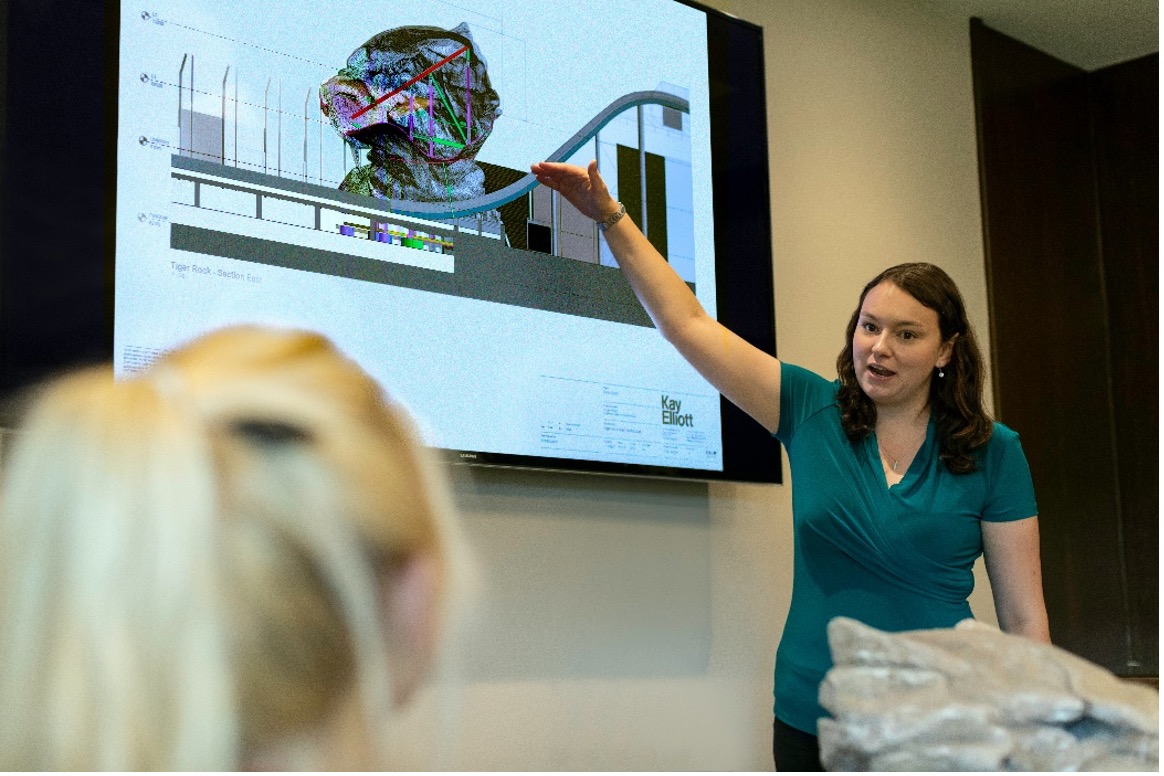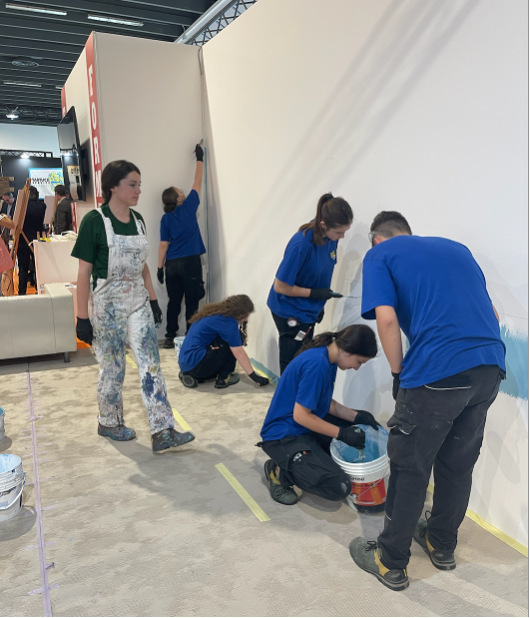Overcoming the motivation and skills gap in the construction industry

Overcoming the motivation and skills gap in the construction industry
This article presents early findings from the RES2 project, focusing on challenges within Italy's construction industry, particularly the lack of motivation and necessary skills among young professionals and women.
The RES2 project highlights the need for educational reforms, policy changes, and innovative workplace practices to create a more inclusive and future-oriented industry. Solutions discussed include partnerships between schools and companies, digital innovation, and improved work-life balance initiatives. These insights could inform similar efforts across the EU.
This article presents early findings from the RES2 project, focusing on challenges in Italy's construction industry, particularly the low interest in careers from young professionals and women, and the lack of necessary skills in high demand. Despite these obstacles, the construction sector offers a wide range of rewarding opportunities, especially with the rise of new technologies, digitalisation, and environmentally sustainable practices. This brings forth critical questions: What barriers are preventing Italy’s construction sector from evolving into a more modern and inclusive industry? What steps can be taken to overcome these challenges? And do these issues reflect wider concerns across Europe?
The RES2 project, through a series of workshops, has started identifying the key issues. One such workshop, held in Naples in May 2024, revealed that young people and women are particularly disengaged from pursuing careers in construction. These findings are the result of both discussions encouraged during the workshop and surveys circulated among the participants, and key stakeholders in the sector. They offered valuable insights into suggestions for shaping a more equitable and forward-thinking industry, with interesting potential implications for Italy and the EU.

Stereotypes and barriers in the industry
The analysis from the RES2 workshop highlights that several factors contribute to the negative perception of construction work:
Poor working conditions
A prevalent issue in the sector is the harsh working environment, especially during the 'building' phase on construction sites. Stakeholders pointed out that, particularly in Southern Italy, construction sites are commonly perceived as dangerous, noisy, dirty, and poorly managed. Moreover, cost-cutting policies have degraded safety measures and reduced the overall quality of project management. This perception of unsafe, poorly managed work environments deters potential workers from entering the industry.
Lack of work-life balance
Another major deterrent is the lack of flexibility in working hours and inadequate support for workers with family or caregiving responsibilities. Male-dominated workplaces often fail to accommodate dual-income families or those with caregiving needs, resulting in poor retention rates for both men and women. Economic challenges such as wage stagnation and inflation further compound the issue, as workers leave the sector to seek better work-life balance in industries with more progressive policies.
Gender-based stereotypes
The construction sector is steeped in stereotypes, with women often perceived as less capable in both physical and leadership roles. Survey results from the RES2 project show that women are frequently seen as unsuitable for management, planning, or design positions, which are often reserved for men. This bias extends to the assumption that the physically demanding nature of site work is too challenging for women. Such stereotypes not only shape women’s career choices but also create resistance to inclusivity within the industry. Employers often view the inclusion of women as requiring significant adjustments rather than simply removing discriminatory barriers.
Perceived lack of career prospects
Construction, especially in Southern Italy, is often dominated by small, family-run businesses that operate informally, reinforcing the notion that the industry offers limited career progression. Workers perceive the industry as stagnant, with little room for personal or professional growth. Furthermore, a lack of public and governmental investment in vocational training for manual labour roles, such as electricians and truck drivers, has led to a steady decline in the number of professionals entering these fields. This, combined with a focus on cost-cutting over innovation, has contributed to a perception of the sector as outdated, uninspiring, and lacking in opportunities for creative or ambitious workers.
Skills shortages
One of the key issues that has emerged is the sector's growing skills gap. As digital and green technologies continue to transform construction, the need for workers skilled in new technologies, project management, and sustainability practices is increasing. However, vocational education and training programs have not kept pace with these changes, leading to a mismatch between the skills required by the industry and those possessed by the workforce. The shortage of skilled professionals in critical areas—such as digital modelling, project management, and environmentally sustainable construction practices—is a major roadblock to the sector's modernisation.
The industry's traditional focus on manual labour over intellectual or creative work has also perpetuated the idea that construction is a low-skilled profession. This is no longer true, as modern construction increasingly relies on technical expertise, problem-solving, and collaboration, especially in areas like Building Information Modeling (BIM) and the integration of sustainable practices.
Educational gaps and mismatched training
The construction sector's reliance on outdated training methods is another contributor to the skills shortage. Many training programs, even on manual labour, would need to incorporate the digital and technical skills required by today’s industry. Many of the new entrants are, as a result, unprepared for the modern construction landscape, which demands proficiency in advanced digital tools, sustainability assessments, and efficient project management. Additionally, there is a lack of alignment between what professional schools and universities teach and what the industry needs, creating a disconnect that prevents students from seeing construction as a dynamic and evolving field.

Recommendations and potential solutions
Addressing the deep-rooted issues in the construction sector requires coordinated efforts across education, policy, and industry. The RES2 project provides a framework for tackling these challenges:
Educational reform and career guidance: Schools and training centres must update their curricula to reflect the technical and digital innovations reshaping the construction industry. Introducing design software and digital modelling tools in classrooms can help students explore the creative aspects of construction early on. Strengthening partnerships between educational institutions and companies will ensure students receive the right training and exposure through internships, school-work alternation programs, and hands-on projects. This would also help bridge the gap between the skills students are taught and the industry's evolving needs.

Promoting inclusivity and addressing gender stereotypes: Breaking down gender-based stereotypes is essential to creating a more inclusive workforce. Public awareness campaigns and outreach programs should highlight the diverse career paths available to both men and women in the industry, showcasing successful female professionals and emphasising leadership, creativity, and technical skills rather than just physical labour. Policies that offer gender-neutral parental leave, on-site daycare, and flexible working hours will also attract a broader range of workers.
Digital and technological innovation: Incorporating technologies like BIM and artificial intelligence (AI) into training programs can help modernise the sector and close the skills gap. For instance, BIM facilitates collaboration in design and construction, while AI can improve workplace safety by monitoring site conditions in real time. Exposure to these tools through internships or industry events will equip students with the skills necessary for the modern construction landscape.

Workplace policies and worker welfare: Policies promoting flexible work environments, cooperative management structures, and welfare support would make the sector more attractive to a diverse workforce. Companies must prioritise innovation, not just in building techniques, but also in how they manage and retain talent, particularly with younger generations increasingly prioritising work-life balance and sustainable practices.
Public engagement and social awareness: Career days at schools, building fairs, and public events should be leveraged to challenge outdated perceptions of construction. Highlighting the sector’s technological, creative, and intellectual dimensions will help reframe construction as a forward-looking industry. These events also provide an opportunity to inspire younger generations to explore the diverse roles within construction.

Economic incentives and wage improvements: With the increasing demand for high-level skills in the sector, fair wages and compensation must align with the expectations placed on workers. Failure to do so risks undermining the sector’s efforts toward innovation and inclusivity. Sustainable economic policies that reflect the value of construction professionals are crucial for attracting and retaining talent in the long term.
Conclusion
To overcome the barriers of negative stereotypes, safety concerns, poor working conditions, and limited career opportunities, Italy’s construction industry must embrace a transformation rooted in inclusivity, technological advancement, and educational reform. It is vital to attract a more diverse and skilled workforce, including younger generations and women, by showcasing the industry's potential for creativity, innovation, and personal growth.
A coordinated approach involving educational institutions, policymakers, businesses, and communities will be essential to modernising the construction sector, fostering a culture of inclusion, and addressing the critical skills gap that hinders its progress. By doing so, the construction industry can evolve into a vibrant, forward-thinking field that reflects the full potential of its workforce.